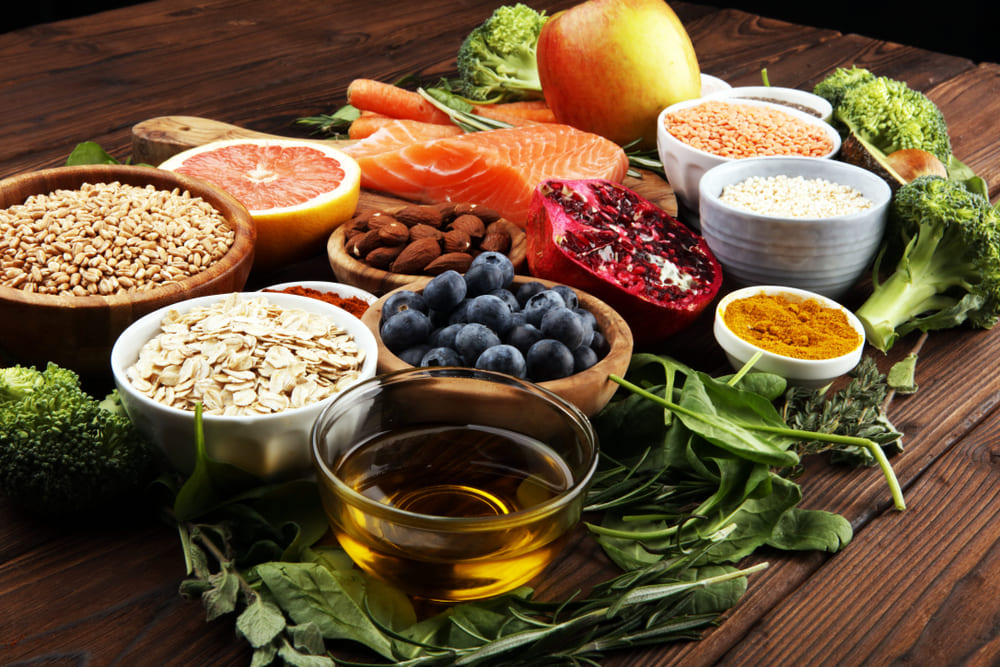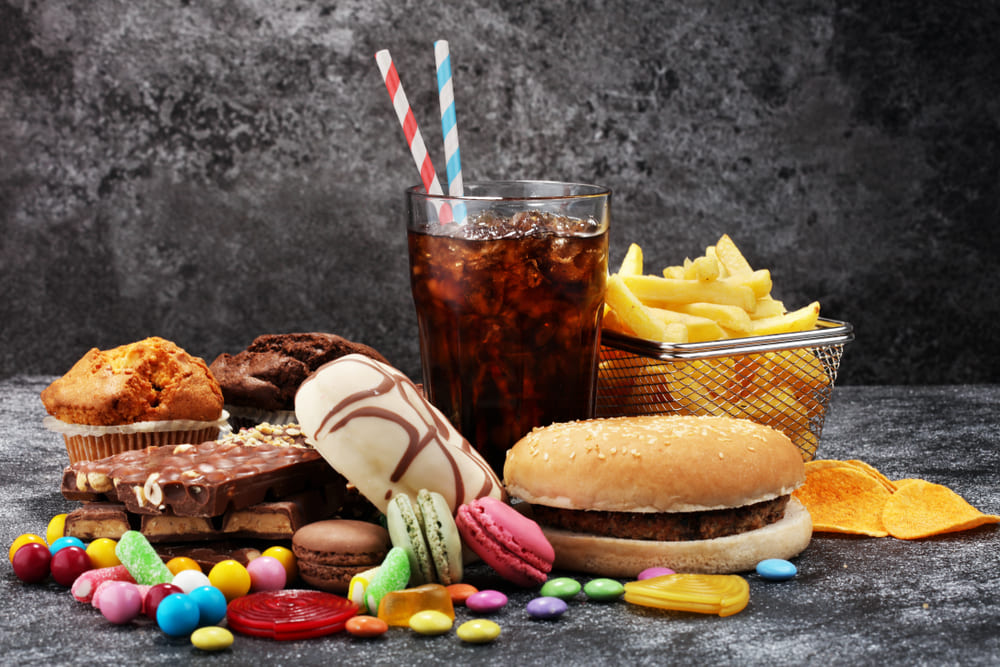


There’s a tremendous amount of misleading information about carbohydrates floating around. This is mainly because various fad diets come and go – and advise people in all sorts of directions.
In the earlier days, fats in our food used to get a very bad reputation from some diet evangelists, but now the attention has shifted to carbohydrates (or carbs as they are popularly called). Low-carb diets and no-carb diets are being talked of very casually without understanding the medical ramifications.
The problem is that carbohydrates per se are not all bad. They are, in fact, highly vital components of food that our bodies and minds need to function optimally. But there are many types of carbs we should know more about.
In deciding what types and proportions of good carbs to include in our diets, our lifestyles and pre-existing diseases matter greatly. The kind of work we do, how active we are, our age, and gender are also important factors to consider.
Do go through this article for an overview of the good carbs vs bad carbs reasoning. But, do remember: plan your customized diet with good advice from your doctor and a qualified dietician.
Carbohydrates are a critical energy source for our bodies. When we consume carbohydrates, they get converted into glycogen (or sugar), which then supplies the physical and mental energy we require for our bodies and minds to function at their best.
According to the Physicians Committee For Responsible Medicine (PCRM), the 2020-2025 U.S. Dietary Guidelines for Americans recommends at least 130 grams of carbohydrates per day (which would work out to about 45% to 65% of your daily calorie intake).
According to a Times of India article, most Indian diets are built around carbohydrates (rice or rotis) as their base food, with lean meats, pulses, vegetables, and curd-based side dishes … and a little fat used in cooking or applied as ghee on the food. Depending on the geographies within India we belong to, and the weather and major occupations of people in these areas, the types and proportions of carbs get adjusted in our various local cuisines.
These days, that sense of balance in the diet has been lost since most of us eat out a lot – and we have veered off our homely cuisines to try foods from other cultures. We seldom realize what goes into such foods and whether the carb portion of these foods is the right type to keep us healthy.
Due to the resulting weight gain or other illnesses, some of us have gone to another extreme to stay off carbohydrates totally (or substantially). But we need to know one important thing: eliminating all carbohydrates from our diets can leave us not only feeling utterly fatigued, but it can also impair our ability to perform our daily functions and cause serious nutrient deficiencies.
According to Darla Leal, writing in Very Well Fit, the side effects of severe carb restriction can include dizziness, fatigue, nausea, weakness, and depression, as well as more severe health risks.
Instead of adjudging carbohydrates as “good vs bad,” the more scientific way to differentiate would be between “complex carbohydrates” and “simple carbohydrates.”
The standard medical term for complex carbohydrates is “polysaccharides.” Such carbohydrates are those found in foods high in fiber and starch. They take longer to digest. Because they release energy into our bodies slowly, they help regulate our appetites and blood sugar levels and thus allow us to feel satiated for extended periods of time.
These complex carbs should be part of your grocery list:

The medical term for simple carbohydrates is “monosaccharides” or “disaccharides.” Such carbs have low fiber and high sugar content and are therefore digested quickly. Since they take far less time to turn into blood sugar, our bodies feel unnatural spikes in energy as soon as such carbohydrates are consumed – and when their effects wear out just as quickly, our energy levels sap. We begin to feel very fatigued and low.
How soon these simple carbs can make our blood sugar rise is referred to as a food’s glycemic index (GI). According to the Better Health Channel, foods with a GI higher than 70 are too easily digested and cause a quick rise in blood sugar. Foods with a GI lower than 55 get digested more slowly, and the blood sugar spike is less.
These simple carbs are best avoided, so don’t let yourself binge on them:

Carbs (the good ones) are important if you have illnesses such as obesity, cholesterol, diabetes, and hypertension. When these ailments combine with other hereditary factors, they may all have a multiplicative effect on the heart. A diet rich in complex carbohydrates is imperative for those with high sugar symptoms, hypertensive heart disease, overweight and obesity issues, and those looking for the best food to control cholesterol.
An additional word for people with diabetes … according to the American Diabetes Association, they should aim to get most of their carbohydrates from whole, unprocessed, non-starchy vegetables, such as leafy greens, mushrooms, tomatoes, bell peppers, broccoli, green beans, cabbage, and cauliflower. These vegetables contain a lot of fiber and fewer simple sugars, helping to regulate blood sugar levels.
Carbohydrates are not all bad. They are, in fact, vital to good health. But we should know which ones to include in our diets. Stay away from the bad carbs – and the faulty advice that recommends a low-carb or no-carb diet. Allow good carbs to help you out if you have serious health issues. Stay heart-healthy. Be a Zinda Dil.